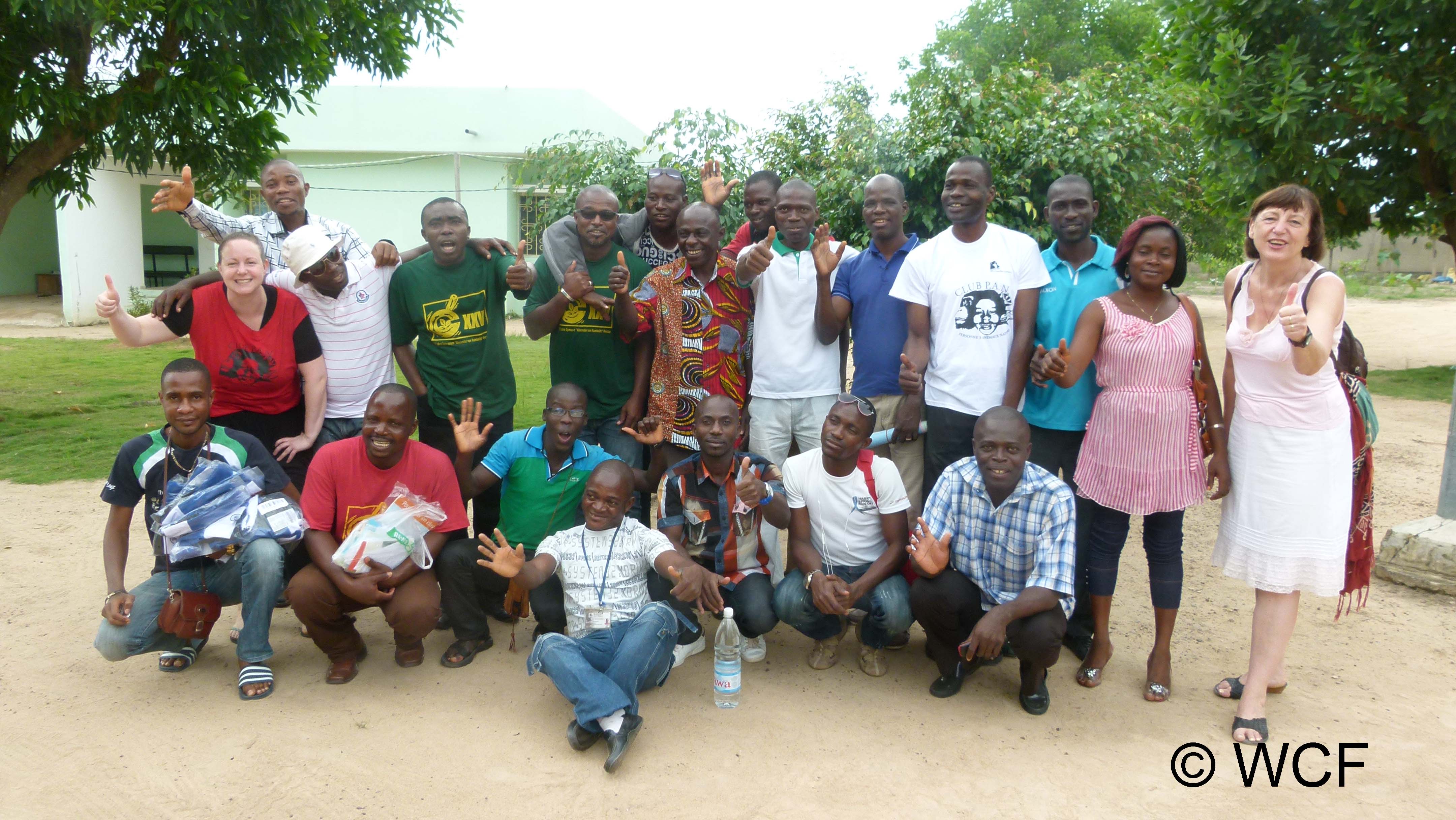Valuation of coral reefs and mangroves
Our economic valuation method can be repeated at relatively low cost, using largely existing data. We only valued a portion of the many services provided by coral reefs and mangroves, focusing on components that are relatively easy to measure using published information and especially important to local economies.
Tourism: We used financial analysis to estimate that in 2007, reef- and mangrove-associated tourists spent US$150–$196 million on accommodation, reef recreation, and other expenses.
Fisheries: We used financial analysis to estimate that economic benefits (sales plus value added from cleaning and processing) from reef- and mangrove-dependent fisheries were US$14–$16 million in 2007.
Shoreline Protection: We evaluated shoreline protection services in a geographic information system (GIS). We used an avoided damages approach to estimate that coral reefs provided US$120–$180 million in avoided damages in 2007, with an additional US$111–$167 million from mangroves.
In total, we estimated the value of these three coastal ecosystem services in Belize to be US$395–$559 million in 2007. As a reference point, Belize’s GDP was US$1.3 billion in 2007.
- Choice of appropriate valuation methods – we used financial analysis and cost of avoided damages. These methods are easily-understandable, straightforward, and replicable. The method also was cost-effective as it did not require any surveys to be administered (it relied all on secondary data).
- Focus on ecosystem services that are relevant to decision makers - We chose three (fisheries, tourism, and shoreline protection) that are easily understood and are of immediate concern.
Our valuation approach – developed primarily for national level assessments – is only a partial fit at the MPA level. Because it provides a “snapshot” of today’s actual use, it gives artificially low value estimates for underutilized tourism sites such as Bacalar Chico. A study of tourism carrying capacity (dive, snorkel, fishing) for different marine sites in Belize would be useful to assess the full potential value of these sites.
